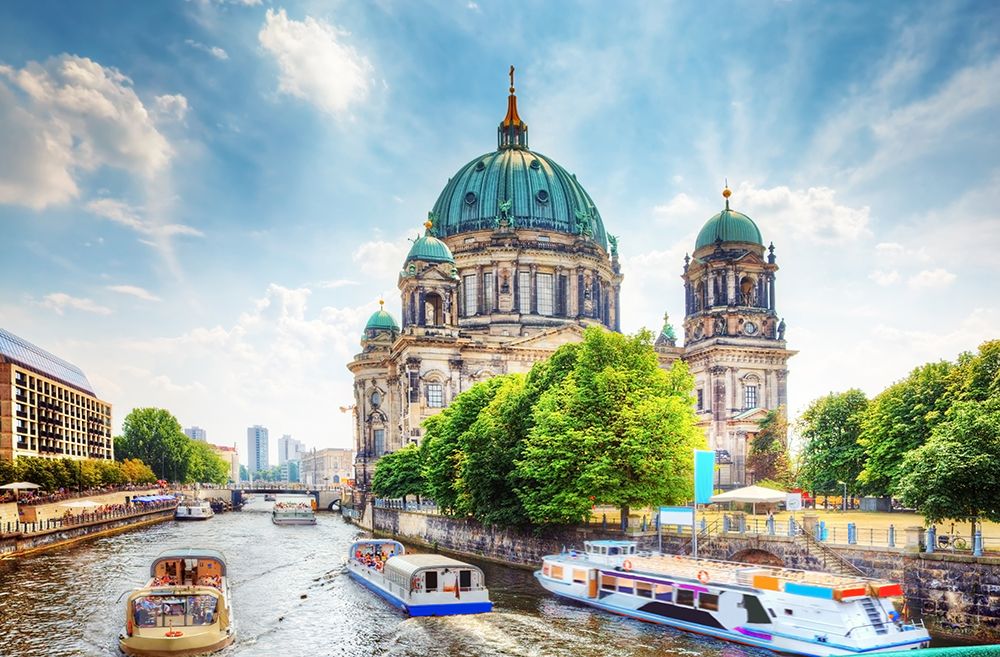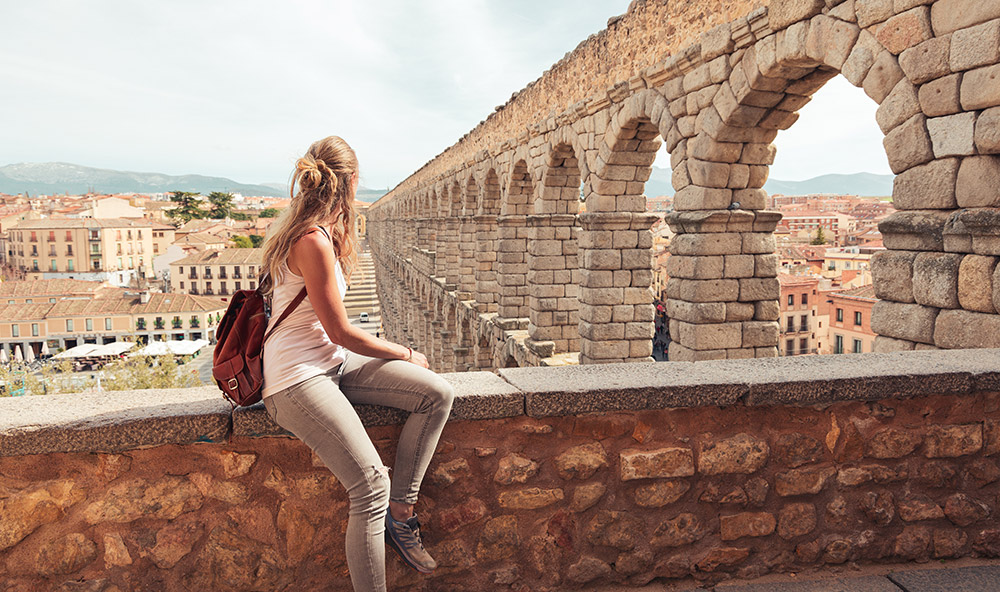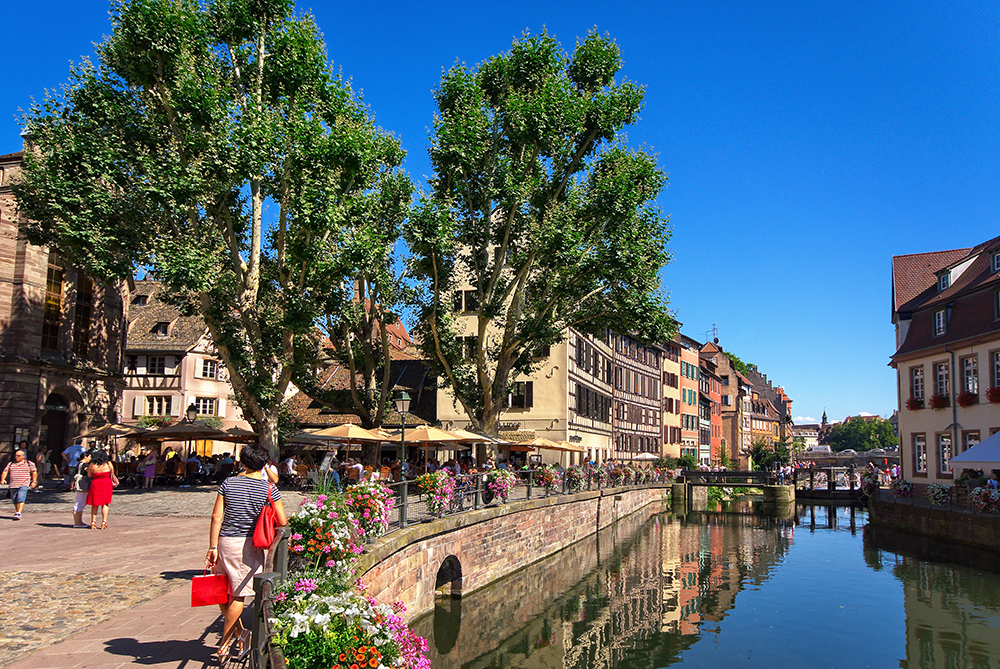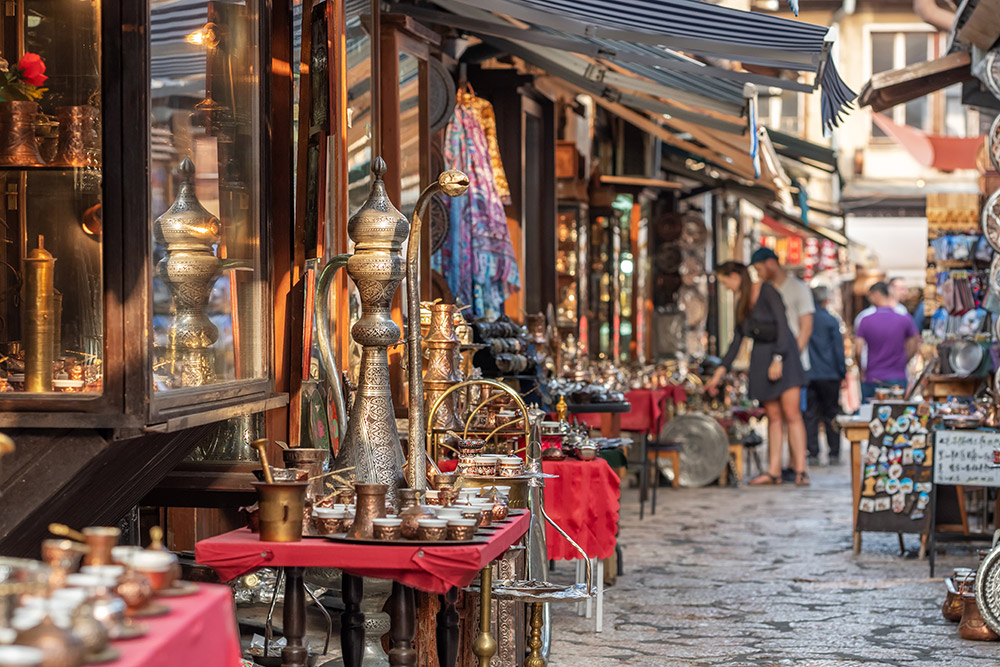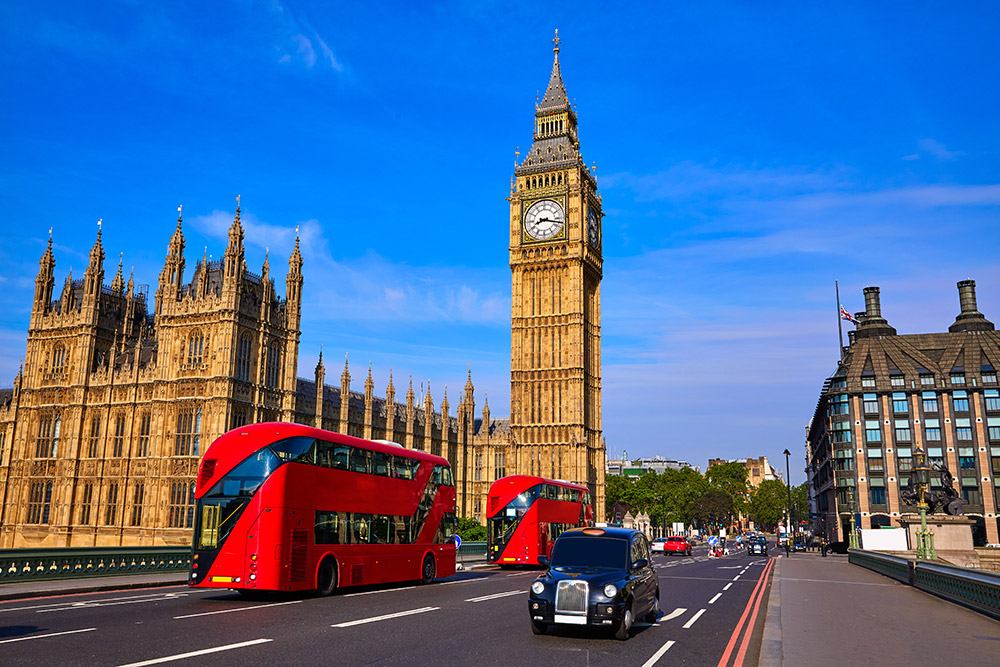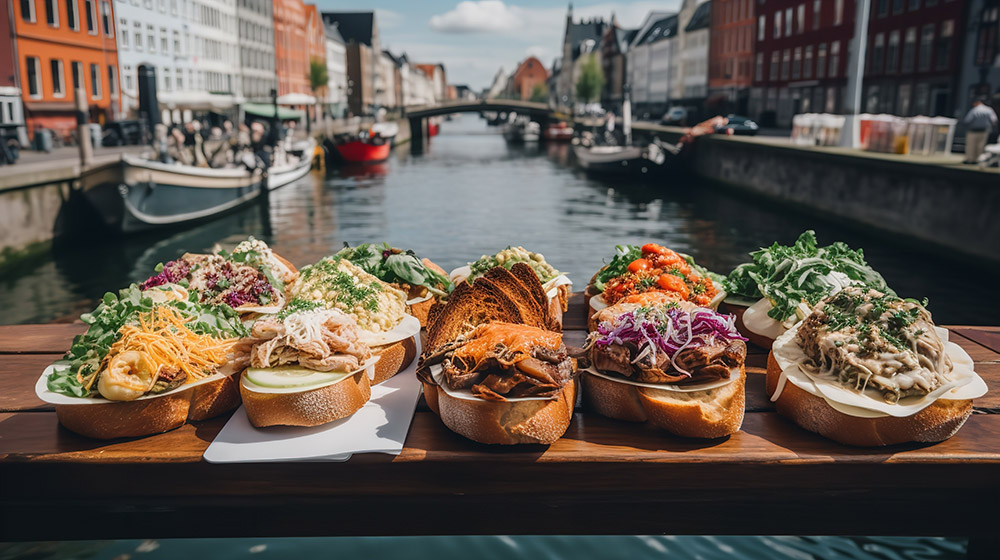Berlin, the capital of Germany, is situated amidst picturesque plains, surrounded by natural reserves, and intersected by the Spree River. This city-state, rich in history, invites tourists to explore many attractions ranging from historical sites, museums, and architecture to art, music, culinary delights, and bustling shopping centers.
A walk through Berlin offers a captivating journey through time, history, and culture. Starting at the Reichstag building, an architectural marvel with its stunning glass dome, the route continues through the iconic Brandenburg Gate. From there, head to other notable landmarks, including the Memorial to the Murdered Jews of Europe, Checkpoint Charlie, the Deutscher Dom church at Gendarmenmarkt Square, Bebelplatz Square, the Kronprinzenpalais Palace, Berlin Dom Cathedral, and Museum Island with its five outstanding museums.
This suggested walking route begins at the Reichstag building and concludes at Museum Island.
Spanning just over 3 miles, the route the following recommended stops:
The Reichstag Building, built at the end of the 19th century, holds a significant place in German history, standing as symbol of the country’s governance. Following the fall of the Berlin Wall and the reunification of Germany, it underwent comprehensive renovations under the direction of the British architect Norman Foster. The building symbolizes the united nation’s commitment to democracy and transparency. Its stunning glass dome, offering panoramic views of the city, serves as a testament to the openness and democracy of modern Germany.
Brandenburg Gate, a neo-classical structure completed at the close of the 18th century, initially embodied ideals of peace and unity. However, in the Cold War era, it transformed into a symbol of division, standing alone in the divided city. The gate played a role in significant historical events, including Napoleon’s victory parade, symbolizing the resilience of the human spirit and the pursuit of peace and freedom.

The Memorial to the Murdered Jews of Europe was designed by the American architect Peter Eisenman and inaugurated in 2005. The memorial consists of hundreds of concrete slabs of varying heights arranged on undulating ground. Its abstract and disorienting design evokes feelings of loss and unease, reflecting the enormity of the horrors of the Holocaust.
Checkpoint Charlie is located on the former border between East and West Berlin, and it served as a crossing point between the American and Soviet-controlled sectors. Today, a reconstructed checkpoint and museum stand at the site as a reminder of the city’s divided past.
Deutscher Dom (German Cathedral is a remarkable architectural masterpiece situated on Gendarmenmarkt Square. Built in the late 18th century in the Baroque style, its impressive facade, embellished with a stunning dome, stands as an emblem of Germany’s cultural and religious heritage.
Konzerthaus Berlin is Berlin’s concert hall. Boasting a rich history dating back to the early 19th century, it was initially erected as a theater and underwent multiple transformations, eventually evolving into a central venue for classical music concerts. Hosting renowned orchestras, soloists, and ensembles on the global stage, the hall presents a diverse repertoire spanning classical symphonies, chamber music, and contemporary compositions. The neo-classical facade, adorned with opulent interiors, contributes to the grandeur of this cultural landmark.
Französischer Dom (French Cathedral), also referred to as the French Cathedral, is a testament to the historical and cultural bonds between Germany and France. Constructed in the late 17th century in the Baroque style, it was originally intended to cater to the French-speaking Huguenot community in Berlin. The cathedral’s elegant facade, exemplifies the architectural refinement of the era.
Bebelplatz, Berlin’s Opera Square, holds historical significance and sheds light on a dark chapter in the city’s history. The square gained notoriety due to the infamous book burning that took place on May 10, 1933, symbolizing the suppression of intellectual freedom and cultural expression during the Third Reich. The deliberate burning of thousands of books by the Nazis aimed to censor dissenting voices and control public opinion. Today, Bebelplatz features a powerful and somber monument in the form of an underground room with empty bookshelves visible through a glass window on the square’s pavement.
Continuing along the central boulevard, Unter den Linden, turn right towards the Kronprinzenpalais, the Crown Prince’s Palace, erected in the 18th century. This palace holds significance in Berlin’s architectural and historical heritage, serving as a neoclassical residence for Prussian crown princes. Its elegant design reflects the opulence and cultural aspirations of the Prussian monarchy.

Crossing to Museum Island via the Schlossbrücke Bridge, you’ll arrive at the Berliner Dom, a cathedral constructed in the late 19th century that showcases a fusion of architectural styles from the Renaissance and Baroque periods. Its magnificent dome, adorned facade, and interior elements, including mosaics and terrace windows, reflect the artistic prowess of its historical era.
On Museum Island, there are five museums:
The Bode Museum: An invaluable repository of culture, the Bode Museum boasts a varied assortment of sculptures, Byzantine art, and numismatic treasures. Erected in the early 20th century, its neoclassical architecture serves as an elegant backdrop for its extensive and diverse exhibitions. The museum proudly exhibits masterpieces ranging from ancient sculptures to medieval art and renowned items from the Italian Renaissance.
The Neues Museum: The Neues Museum features an amazing collection of artifacts from various cultures, including Egyptian, prehistoric, and classical antiquities. It takes visitors on a captivating journey through thousands of years of human history. Among its notable exhibits is the iconic Nefertiti Bust, a masterpiece of ancient Egyptian art and a highlight of the museum.
The Altes Museum: The Altes Museum offers a compelling experience, exploring the art and culture of antiquity. The extensive collection of Greek, Etruscan, and Roman artifacts, including sculptures, pottery, and jewelry, provides insight into the artistic achievements and daily life of ancient societies.
The Alte Nationalgalerie: Showcasing a diverse collection encompassing romantic, impressionist, and academic art, the Alte Nationalgalerie offers visitors a comprehensive perspective on European art movements during that era. The museum’s lavishly decorated halls and abundant natural lighting enhance the viewing experience, inviting art enthusiasts to delve into the emotional depth and aesthetic beauty of the exhibited works of art.
The Ethnologisches Museum: This museum houses a varied collection of ethnographic exhibitions, showcasing cultural artifacts and work of art from different continents, including Africa, Asia, Oceania, and the Americas. With a focus on cultural anthropology and ethnography, the museum aims to foster an understanding of the complexity and richness of global cultures. Its exhibitions include ritual objects, textiles, sculptures, and everyday items.
Berlin’s culinary scene is diverse, ranging from traditional German dishes such as potato stew, potato pancakes, asparagus salad, and pea soup with sausages to ethnically infused cuisine like Turkish kebabs. The city offers an extensive selection of diverse restaurants, food stalls, and eateries, along with excellent cafes serving local pastries.

Here are some typical dishes characteristic of the city:
Currywurst: Berlin’s iconic street food – sliced sausage with curry ketchup.
Döner Kebab: Influenced by Berlin’s Turkish community – a tasty mix of meat, vegetables, and sauce in bread.
Schnitzel: Typically pork or veal, served with potatoes or salad.
Berliner Pfannkuchen: A jelly-filled doughnut – a must-try dessert.
Bretzel (Pretzel): Enjoy the classic German snack – soft, salty, and delicious.
Kartoffelsalat (Potato Salad): Often served as a side – a tasty combination of potatoes, onions, and mustard dressing.
Beer: Berlin has a vibrant beer culture – try local breweries in beer gardens or pubs.
International Cuisine: Berlin’s diverse population offers various international cuisines such as Vietnamese, Lebanese, and Ethiopian.


